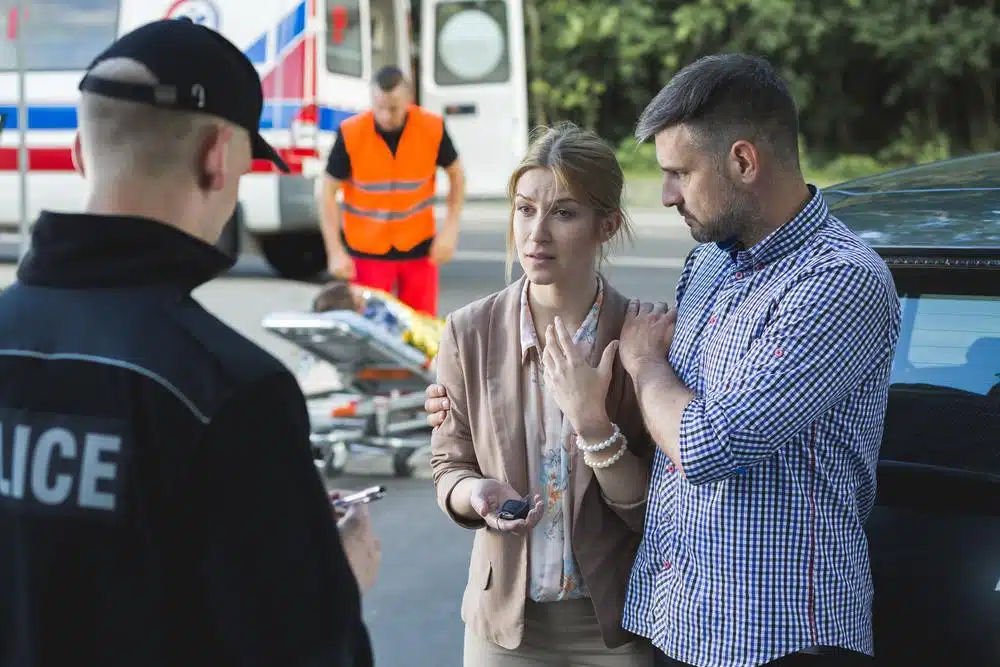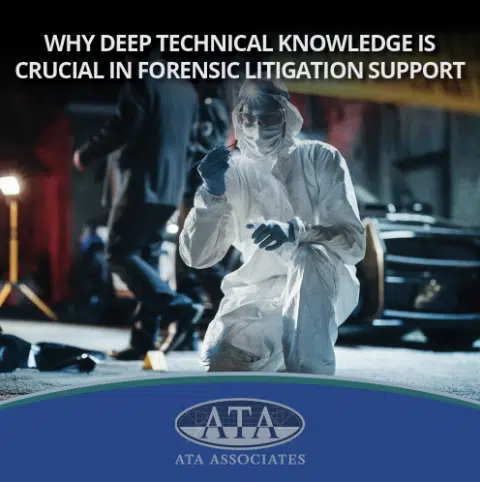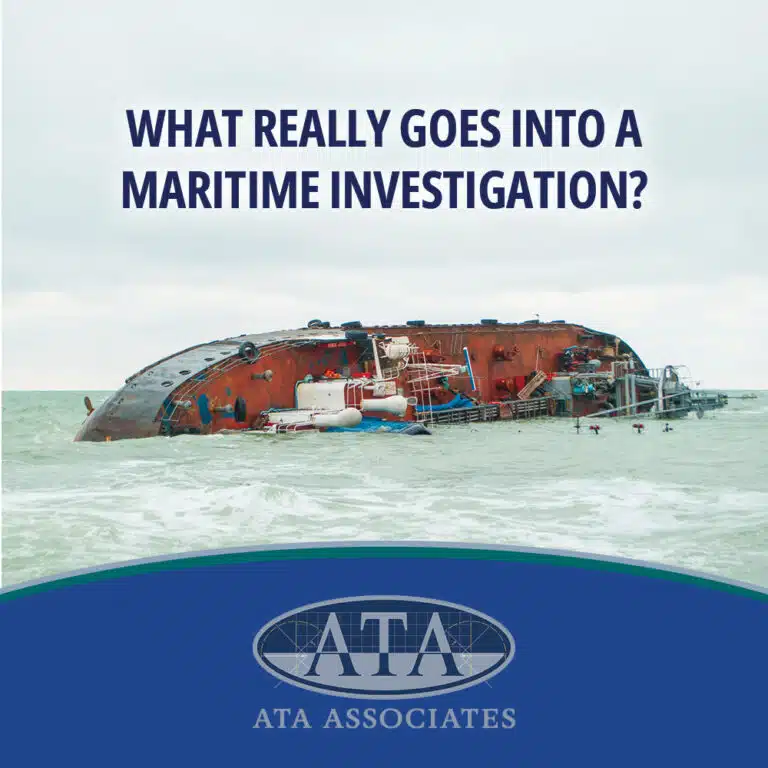In the aftermath of an accident or industrial incident, the truth is often clouded by confusion, stress, and conflicting accounts. While witness testimony can offer important context, it is rarely enough on its own. At ATA Associates, we emphasize the vital role that physical evidence plays in uncovering objective facts—facts that stand up to legal and technical scrutiny as well as provide for accurate conclusions.
Here’s why physical evidence is essential in every serious investigation.
1. The Unreliability of Human Memory
Human memory is highly fallible, especially in high-stress situations like accidents. Witnesses may:
- Misremember events due to stress or trauma
- Be influenced by others’ accounts
- Fill in memory gaps subconsciously
- Have trouble discerning facts from fiction
Even well-meaning witnesses can provide inaccurate or conflicting details. That’s why relying solely on memory can lead to misunderstandings or misinterpretations of what actually occurred.
2. Corroboration of Facts
Physical evidence helps verify—or challenge—what a witness claims. Whether it’s vehicle damage, skid marks, black box data, or surveillance footage, tangible evidence can:
- Confirm timelines and sequences of events
- Support or refute testimony
- Reveal contributing factors not mentioned by witnesses
By comparing statements with hard data, investigators can build a more accurate and credible account of the incident.
3. Objective vs. Subjective Evidence
Witness statements are inherently subjective, filtered through individual perception and emotion. Physical evidence, on the other hand, is grounded in measurable reality. Consider the difference:
- Subjective evidence: “I think the car was speeding.”
- Objective evidence: Skid mark length and damage patterns that confirm speed.
At ATA Associates, we specialize in converting raw data into factual conclusions using principles of physics, engineering, and forensic analysis.
4. Witness Availability and Credibility
In many cases, witnesses are unavailable, unwilling to cooperate, or lack credibility due to bias or limited perspective. Factors that can diminish witness reliability include:
- Lack of technical understanding
- Poor visibility or vantage point
- Personal connections to involved parties
Physical evidence stands alone, it doesn’t get nervous on the stand, or forget details over time. It provides a consistent and unbiased foundation for investigation.
5. The Complexity of Modern Cases
Today’s accident investigations often involve advanced technologies, multilane roadways, electronic evidence, high-speed collisions, or intricate mechanical systems. In these situations, the nuances are too complex to rely on memory alone.
Physical evidence such as:
- Event data recorders (EDRs)
- Structural deformation analysis
- Drone mapping and 3D scans
…can reveal crucial details that no eyewitness could observe or understand. These insights are critical for attorneys, insurers, and engineers working to determine cause and responsibility.
Trust ATA Associates to Deliver Evidence-Based Clarity
At ATA Associates, we combine rigorous data analysis with decades of field experience to deliver clear, defensible conclusions. From traffic collisions to product failures, our investigations utilize physical evidence to ensure the case is built on facts—not assumptions.
Need help with a complex case? Contact ATA Associates today to learn how our forensic and engineering experts can support your investigation with objective, evidence-based insight.




